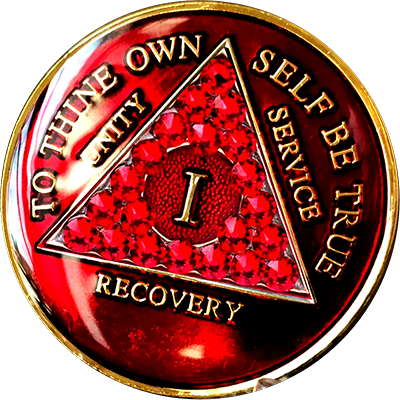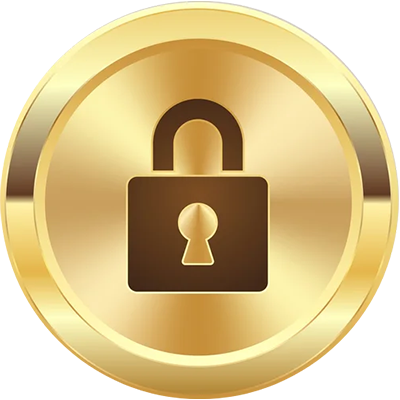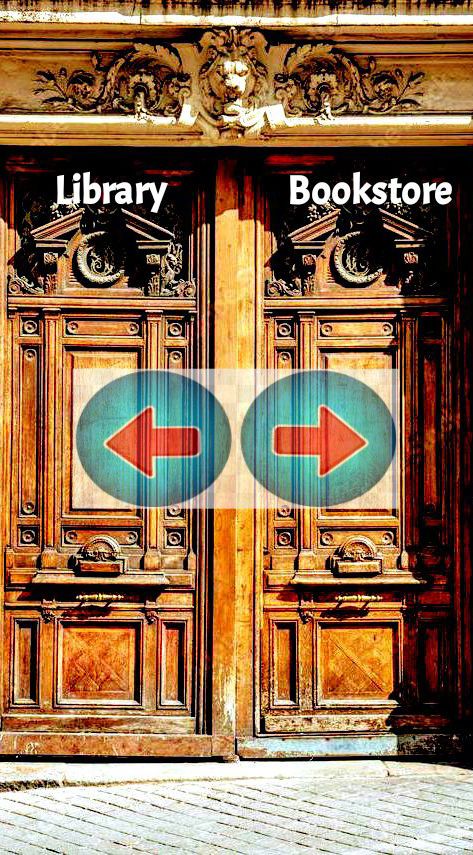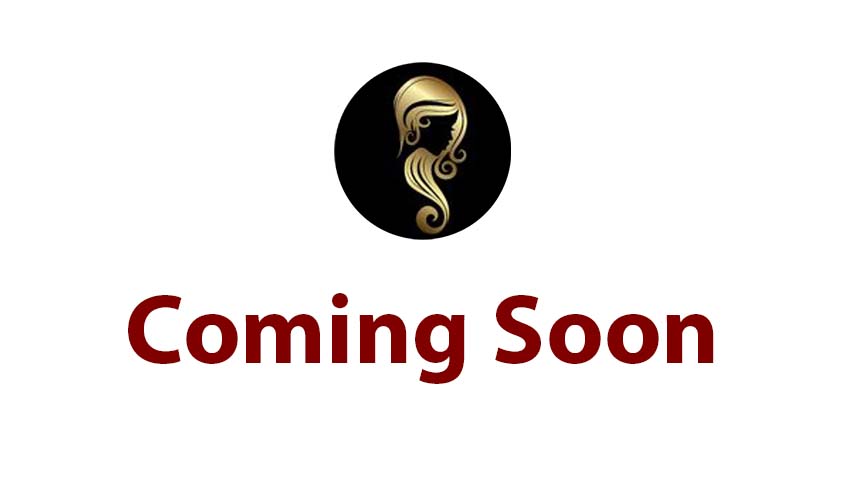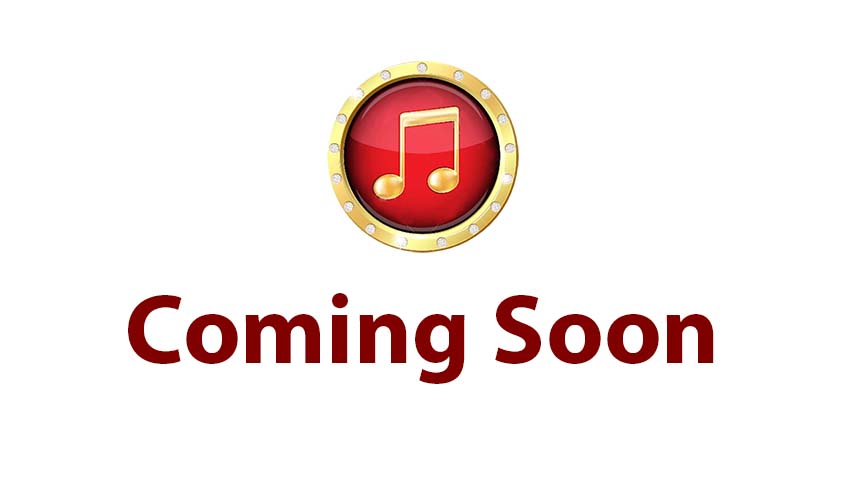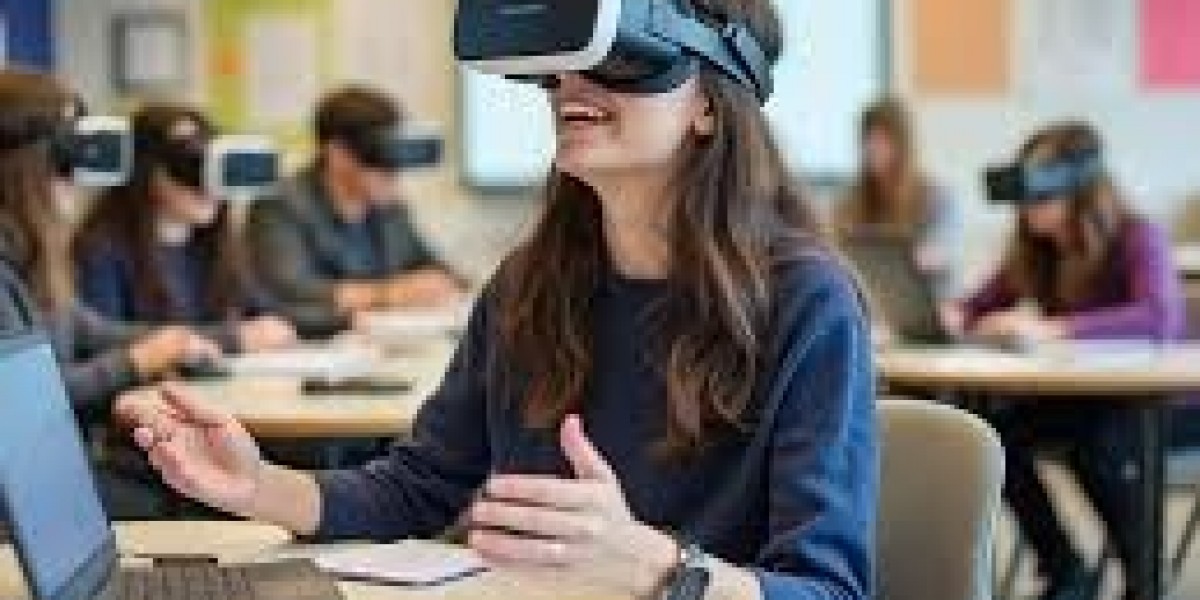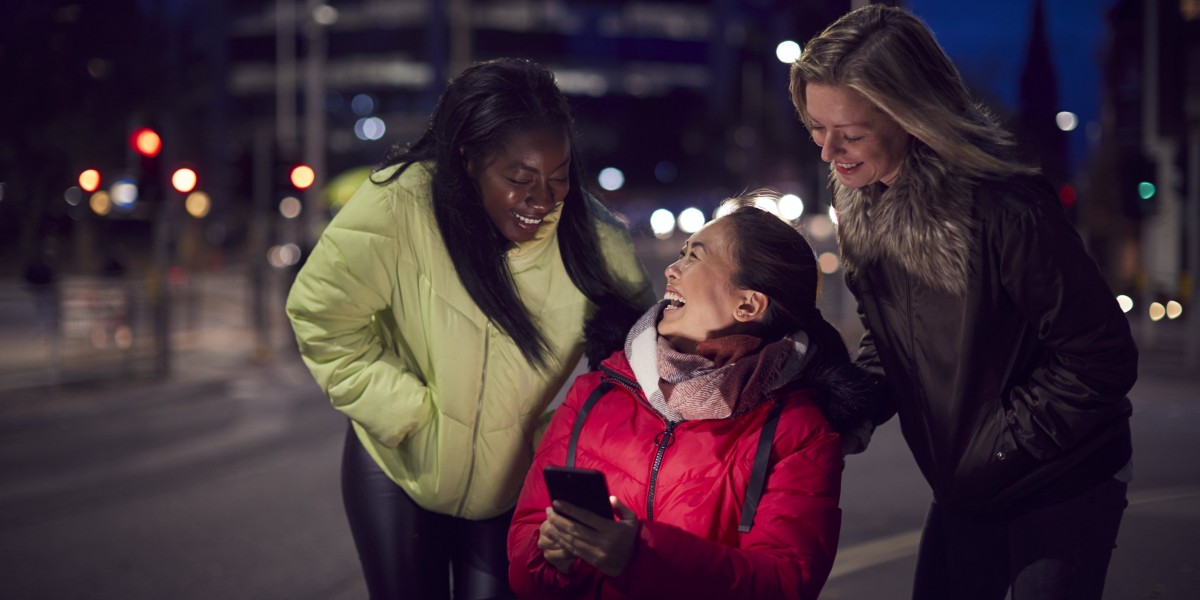How Technology is Changing the Way We Learn
Introduction: The Shift in How We Experience Learning
I’ve seen how fast education has changed in the past few years. From video conferencing during lockdowns to personalized learning apps, we’ve come a long way. But now, something even more transformative is here—virtual reality (VR) classrooms. The idea might’ve sounded like science fiction a few years ago, but today, VR education is not only real, it’s expanding fast.
This shift isn’t just about adding cool tech to classrooms. It’s about rethinking how we connect, engage, and understand subjects in ways that are more interactive and meaningful. I believe VR has the potential to make learning more accessible, hands-on, and tailored to individual needs. And the best part? It’s not only for kids in school. Adults, professionals, and lifelong learners can benefit too.
Why VR Classrooms Are Making an Impact
When I first tried a VR learning module, I was surprised by how immersive the experience felt. Instead of reading about ancient history, I was virtually walking through the ruins of Rome. That kind of engagement sticks with you. It's not just about remembering facts anymore—it's about living them.
Here are a few ways VR is reshaping education:
Immersive Learning: Whether it’s exploring the human body or visiting Mars, students can learn by doing, rather than just watching or reading.
Accessibility: VR classrooms can bring quality education to remote areas where good teachers or resources are scarce.
Safe Practice: Medical students, pilots, and engineers can simulate high-risk scenarios without real-world consequences.
Personalized Pace: Every student can learn at their own speed. You’re not rushed to keep up with a class or held back by someone else’s pace.
These changes aren’t just theoretical. Schools and universities across the world are already using VR tools in their classrooms. For instance, some biology teachers use VR headsets to walk students through cell structures in 3D. Nursing programs use VR to simulate patient care situations. It's not about replacing traditional learning—it’s about enhancing it.
Beyond Classrooms: How VR is Reaching More Learners
I’ve always thought that learning shouldn't be limited to a classroom. That’s where VR goes a step further. It allows people like me—curious adults or working professionals—to continue learning wherever we are.
Here’s how:
Corporate Training: Companies use VR to train employees in customer service, safety protocols, and technical skills.
Soft Skills Development: VR scenarios are great for improving communication, leadership, and decision-making through role play.
Language Learning: Practicing conversations in virtual environments feels a lot more real than staring at flashcards.
Art and Design: Creators can build, paint, or sculpt in 3D space using VR tools. It’s hands-on without needing a physical studio.
Learning in VR feels different. It’s engaging because you're not just receiving information—you’re part of it. That sense of presence makes everything more memorable.
I remember testing a fog vape flavor while working late one evening, diving into a VR training module right after. It struck me how our experiences—whether sensory, technical, or educational—are becoming more layered and immersive across the board. It’s not just a trend. It’s a shift in how we interact with the world.
What’s Next: Where VR is Headed in Education
While VR is already making a difference, there’s still more to come. I believe the next phase will bring even smarter, more connected tools that blend AI, AR (augmented reality), and VR into everyday learning. We’ll move from isolated headsets to collaborative environments where students and instructors meet in virtual spaces, regardless of physical location.
We might also see:
Global VR Campuses: Institutions creating fully virtual schools with classes, labs, and student lounges.
Custom Learning Paths: AI that designs personalized lessons based on your progress and interest.
VR Certification Programs: Professional courses that offer VR-based credentials, accepted globally.
Affordable VR Kits: As technology becomes cheaper, more students will have access to quality VR education.
All of this paints a picture of an educational future that’s flexible, inclusive, and deeply engaging. We’re no longer bound by physical buildings, static textbooks, or one-size-fits-all teaching styles. We’re entering a time where learning adapts to the learner.
How I See It: Tech, Life, and the Way We Learn
For me, the idea of using technology to support better education feels personal. Whether I’m exploring a new course online or casually vaping after a long day, I’m aware of how much digital tools shape my daily routine.
I see VR classrooms as another step in that direction. It’s about making education more meaningful—not just for students, but for anyone who wants to keep learning. The same way I once explored mr fog switch flavors to find the right fit for my preferences, learners today can explore subjects in virtual spaces until they find what clicks with them.
That sense of choice, exploration, and hands-on experience is what modern education should be about. It’s not just consuming information. It’s about engaging with it, questioning it, and applying it in real life.
I’m genuinely excited about where this is all heading. Not because it’s high-tech, but because it’s practical, personal, and human-centered. Whether it’s VR modules in classrooms, interactive simulations for professionals, or simply having more access to learning wherever you are—the future of education looks promising.







